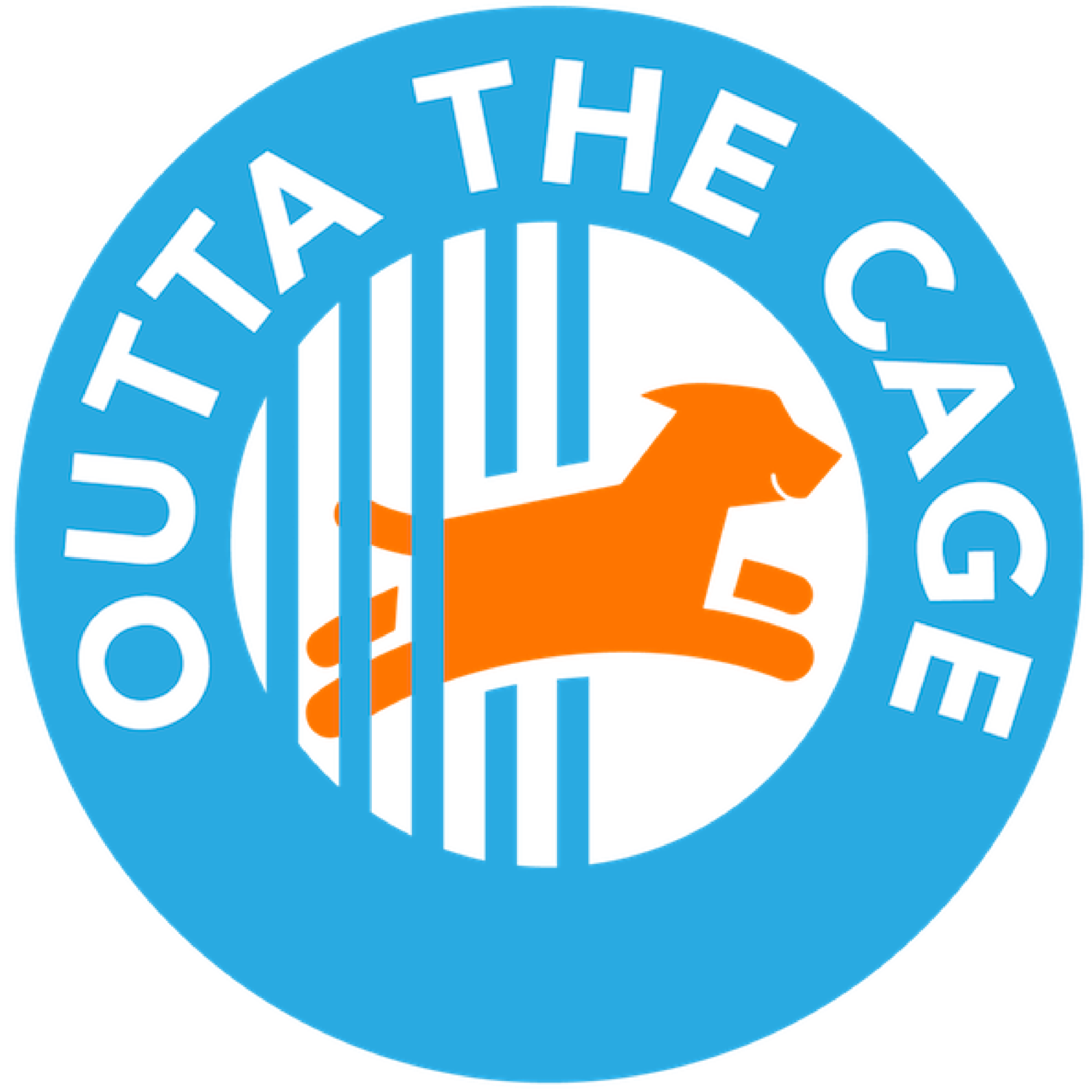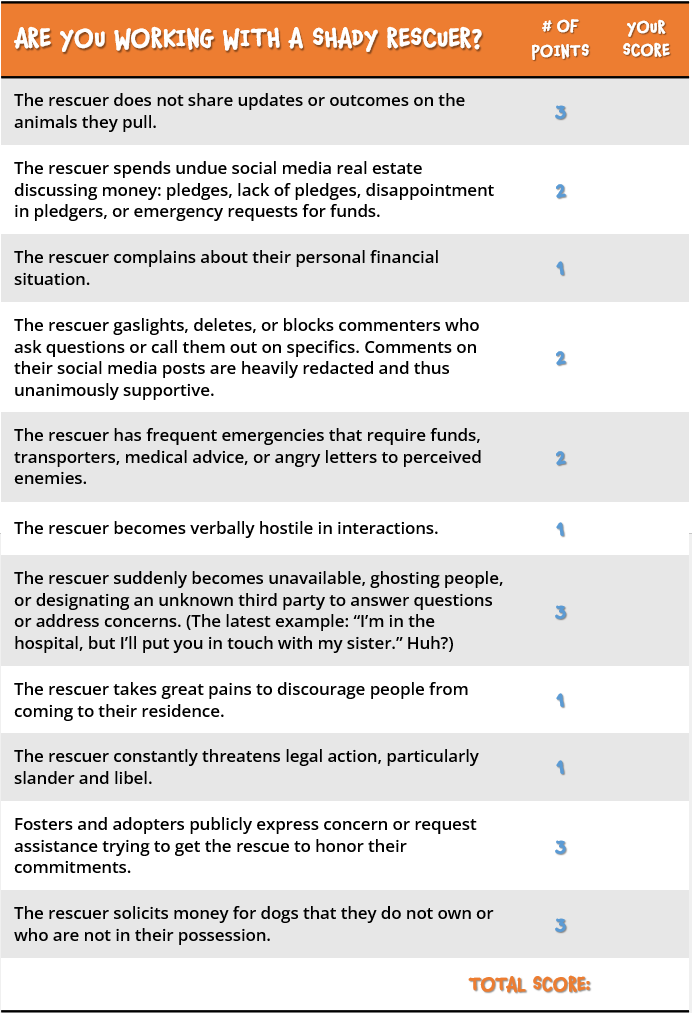Suspect you might be dealing with a sketchy rescue? Watch for these signs.
In which Jill explains why forewarned is forearmed.
Everyone makes mistakes. I’m certainly not perfect. I sometimes skip sunscreen. I absentmindedly snack. And I begin too many conversations with “So…”
We’re all a work in progress.
It’s the same with rescue. We make mistakes and learn what doesn’t work. So (oops!) when I worked with a rescue last summer on a behavior dog (who trusted volunteers had vouched for), I agreed to pull the dog for an unknown (to me) rescuer. The rescuer signed our transfer paperwork for the dog and promised to spay her.
They didn’t spay her.
In fact, they ditched her, using some lame excuse about a difference in training philosophies. This person continued to convince rescues—and eventually unwitting adopters—to pull shelter dogs on her behalf. Many of these dogs ended up in substandard boarding facilities who weren’t paid.
As of this writing, the rescuer in question is the subject of multiple investigations, dogs in her home have been seized, and caring people are trying to help the dogs who’ve been abandoned. (For the record, we were early in this rescuer’s long line of blunders, and luckily, an amazing trainer stepped up for the dog we pulled, who is now spayed and doing well.)
My bad.
Had I dug around a little more, I would have discovered that—despite frantic pledge solicitations—the rescuer was not a non-profit and was already generating nervous buzz among shelter volunteers. In retrospect, she shared some common characteristics with other disreputable rescues I’ve come across.
Sadly, as dog populations proliferate, so do shady rescuers. Maybe you’re wondering whether you’re working with one?
Take this quiz. Give yourself the designated number of points for each TRUE statement and add up your score at the bottom.
Honestly, a positive score on any of these should be cause for concern, but if you scored more than 6 points—RUN!
Those of us who have been in rescue know painfully well that there are worse places for animals than animal shelters. Indeed, dogs pulled by irresponsible rescues lose the opportunity to be networked and saved by responsible ones. Many dogs have ended up in horrific boarding situations—or dead—due to the hoarding or just plain neglect.
Legitimate networkers and rescuers are doing their best to proactively construct plans to save animals. When we notice shady behaviors, we have to speak up. So the animals have a chance.

